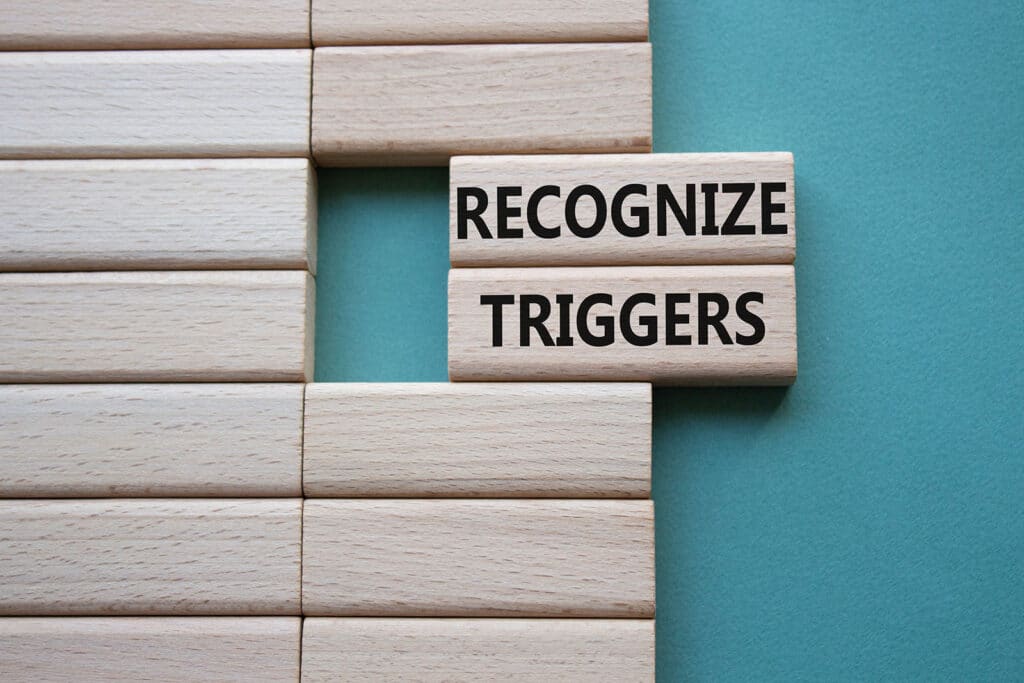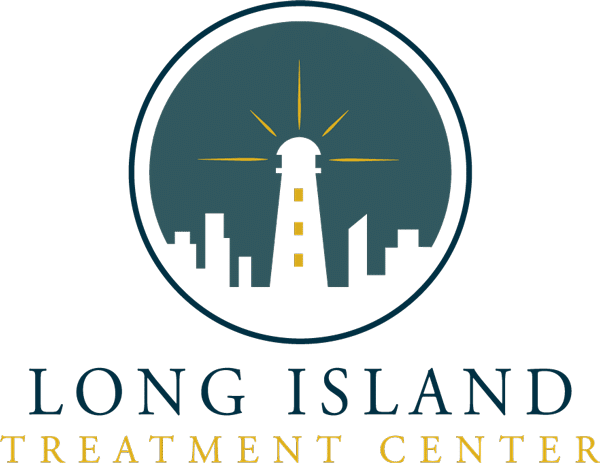Seeking treatment for addiction is the very first step on a lifelong journey of healthy living. However, once your rehabilitation program is completed, it can be a bit challenging to reintegrate with the world around you. Unfortunately, this struggle can seem unbearable for some and lead to a relapse.
Table of Contents
- The Possibility of a Relapse
- What is a Relapse Prevention Plan?
- Steps to Creating a Relapse Prevention Plan
- Closely Examine Your History With Alcohol and/or Drugs
- What Signs Could Signal You’re Headed to a Relapse
- Create Your Action Plan
- What to Include in a Relapse Prevention Plan
- Support Programs and Group Therapy
- Active Lifestyle Changes
The Possibility of a Relapse
All of those who go through an addiction rehabilitation program know that a relapse is always a possibility. It doesn’t matter if you’re freshly out of rehab or you’ve been sober for eight years. Relapses can happen to anyone. However, studies have consistently shown that the possibility of relapsing decreases with time. While the possibility never actually hits zero, it does drop significantly the longer a person is sober.
What is a Relapse Prevention Plan?
One of the most effective tools that any recovering addict can utilize is a relapse prevention plan. This plan will assist you in recognizing specific behaviors that suggest you may be heading toward relapse in the near future. You’ll come up with outlines for combatting these suggestive behaviors and get back on track with your lifelong journey of sobriety.
Most people don’t realize that relapse isn’t typically an impromptu event. Rather, it actually develops over a three-stage process. These include:
- Emotional Relapse
- Mental Relapse
- Physical Relapse
The whole point of enacting a relapse prevention plan is to help you acknowledge when you’re experiencing certain events and feelings. This can stop you from reaching the third relapse stage of physical relapse.
Steps to Creating a Relapse Prevention Plan
With an effective relapse plan being extremely vital to your journey of sobriety, expediting its creation is a must. While you can definitely ask for assistance from your substance abuse counselor to construct your relapse prevention plan, you don’t necessarily have to.

It’s not unusual for recovering addicts to opt to formulate their relapse prevention plan on their own. Just make sure that you don’t stick to only verbalizing your plan. You need to write it down so that it’s a clear outline you can follow. As soon as you put your relapse prevention plan on paper, it becomes a useful tool for when the possibility of relapse is high in your life.
Closely Examine Your History With Alcohol and/or Drugs
Determining what the causes of your prior drug/alcohol addiction and any previous relapses that you’ve had are the keys to avoiding both of them in the future. You’ll want to start creating your relapse prevention program by asking yourself a few key questions, which include:
- Did any particular people factor in when you used?
- What specific patterns of thought happen when you’re more likely to use?
- Was there a particular time that you were more likely to abuse substances?
- If you’ve relapsed in the past, why did you?
Taking the time to ask yourself these questions and think through your past history can help to reveal so key information that you can use to your advantage in the future. We encourage you not to skim through this part of the process. Rather, take your time and really think about the true answers to these questions.
What Signs Could Signal You’re Headed to a Relapse
Identifying the warning signs of relapse is an essential component of any effective relapse prevention plan. Recognizing these early indicators allows both you and your support network to intervene before the relapse progresses through the different stages of relapse, which typically include emotional, mental, and physical phases.
It’s crucial to take time to brainstorm specific scenarios where you are at a higher risk of relapse. Being honest with yourself about these situations is key to spotting your own warning signs of relapse and providing an early alert. This alert will signal that you’re heading down a risky path, giving you the opportunity to take action before the relapse becomes inevitable.
Sharing your list of relapse warning signs with your treatment team can also be beneficial. While recognizing these signs yourself is helpful, sometimes external support is necessary to reduce the risk of relapse. Others in your network may be able to help you spot warning signs that you’ve missed and give you the extra support needed to stay on track, ultimately lowering relapse rates and ensuring a smoother recovery.
Warning Signs Examples
Warning signs of relapse can be subtle at first and often manifest in emotional or behavioral changes before a physical relapse occurs. Here are common examples of relapse warning signs across the three primary stages of relapse: emotional, mental, and physical:
Emotional Warning Signs:
- Isolation: Withdrawing from social circles or support networks, avoiding meetings or counseling sessions.
- Bottling Up Emotions: Failing to express emotions like anger, sadness, or frustration, which can lead to internal stress.
- Neglecting Self-Care: Ignoring personal hygiene, sleep, and health routines.
- Mood Swings: Experiencing heightened irritability, anxiety, or mood instability.
- Denial: Convincing yourself or others that everything is fine, even when you’re struggling.
Mental Warning Signs:
- Romanticizing Past Use: Thinking fondly of the “good times” you had while using substances and ignoring the negative consequences.
- Cravings and Fantasizing: Frequently thinking about using drugs or alcohol again, and imagining how it might feel.
- Lying or Secretive Behavior: Being dishonest about small things or hiding behaviors from friends, family, or a support system.
- Justifying Use: Finding reasons why it might be acceptable to use again, such as convincing yourself that you can control it this time.
- Seeking Out People or Places Associated with Substance Use: Going to locations or reconnecting with friends from the time when you were using.
Physical Warning Signs:
- Sudden Changes in Routine: Drastic changes in daily habits, such as missing work, school, or appointments.
- Lack of Focus on Sobriety: No longer attending support groups or treatment sessions, and abandoning structured recovery plans.
- Engaging in “Testing the Limits”: Using substances in moderation or dabbling in substances that weren’t part of the original addiction (like substituting alcohol for drugs).
- Physical Symptoms of Withdrawal: Experiencing physical signs that could indicate the body is craving substances, such as headaches, sweating, or nausea.
Recognizing these stages of relapse is crucial because early identification of emotional or mental signs can prevent a full physical relapse. Open communication with a recovery network or support group, and staying vigilant about these signs, can help individuals maintain long-term recovery and avoid the risk of relapse.
Create Your Action Plan
The last and most important part of your relapse prevention plan is to craft what you’re going to do when you notice your warning signs. By thinking up other actions that you can take apart from relapsing, you give your mind another outlet for action.
For example, let’s say that a romantic breakup has been a known warning sign of drug or alcohol abuse in the past. Your pain and frustration tend to lead you to the bottle. Instead of letting this scenario play out, come up with an alternative. This could be attending a support meeting, talking with a specific family member, or starting a new hobby.
When formulating your action plan, be sure to make it as specific as possible. The more specific your plan is, the more likely you will take that alternative route instead of heading straight to a relapse. Have a plan of who you’re going to call first for assistance and provide them with this necessary knowledge ahead of time.
Simply coming up with a code word for when you’re experiencing a particular scenario and are reaching out for help can make getting that help easier. Your chosen support person will be more alert and helpful when they specifically know that you’re reaching out for help because you’re headed for a relapse.
What to Include in a Relapse Prevention Plan
While relapse prevention plans are going to be individual-specific, there are some key components that all good plans should include. We’re going to go over five key elements that we believe every successful relapse prevention plan has.

Triggers
Consider your relapse triggers anything that could lead you to abuse drugs and/or alcohol again. While it may be overwhelming to list all of your known triggers, do your best to get the majority of them down on paper. Just starting with one can lead to another and another.
When thinking about your triggers, they’re going to be comprised of things, places, and people. We’ve included some key questions below that should get you on the right track to identifying your specific triggers.
- What places did you use in the past?
- What people remind you of drug or alcohol use?
- What feelings do you link with relapse?
- Do any specific times of the year trigger relapse?
- Do you have addictive thoughts that could lead to relapse?
- What can you do if you can’t avoid particular triggers?
Ways to Manage Your Cravings
When we refer to a craving, we’re specifically referring to a feeling that you get that makes you want to use again. Cravings can sometimes lead to a relapse, and having a solid plan in place to confront your cravings is a great way to help avoid relapsing.
Take a while to compile a list of things you can do when you’re dealing with overly tempting cravings. What specific people can you call? What actions can you take to distract yourself from those cravings? Is there anything else you can do to physically stop the cravings altogether?
Realize that relapsing is a negative coping skill. You want to create your own list of healthy coping skills that will be your tool to prevent future relapses. The more possibilities that you can add to your list to deal with cravings, the more likely you’ll be to utilize one of these outlets over relapsing.
Identify Preventative Tools
Developing a list of preventative tools can be a worthy investment for those heading into life after addiction recovery. Apart from just the things that you can do when specific craving scenarios take place, it’s a good idea to come up with a general list of preventative tools that can be called on whenever you need them.
Some common examples of preventative tools to include in your relapse recovery program include:
- Writing a list of consequences of relapsing
- Writing a gratitude list
- Journaling about your feelings
- Exercising
- Attending a support meeting
- Online rehab and other continuing programs
- People you can call for help

Support Programs and Group Therapy
Whenever you feel tempted by a relapse, renewing your commitment to sobriety by reinvesting time and energy into a support group can be a powerful tool in your recovery process. These groups not only offer the chance to revisit the 12-step framework and provide a sponsor when necessary, but they also help develop important coping strategies and encourage you to practice self-care, both of which are essential for staying on track with your recovery plan.
If the traditional 12-step model doesn’t appeal to you, there are other support programs tailored to different needs and preferences, in both outpatient and inpatient settings. These programs are designed to help manage high-risk situations and reinforce positive thought patterns. By addressing specific health conditions or managing withdrawal symptoms, they can play a critical role in your new life in recovery.
Exploring these options in advance ensures you are well-prepared to handle moments of temptation, reducing the risk of relapse. Whether through individual counseling or group support, these programs can provide a robust support system, helping to boost your self-esteem and improve your mental health.
By staying connected to your network, including loved ones and healthcare providers, you create a solid foundation for long-term sobriety. Regular follow-up with your support team ensures that any adjustments to your course of action can be made as needed, helping you stay focused on your long-term recovery goals, whether you’re in an outpatient treatment program or an inpatient environment.
Active Lifestyle Changes
It can be exceedingly helpful to break down various components of your life into sectors, such as financial, legal, relationships, and education. Determine active changes that you’re making in each of these areas that allow you to regain your journey to sobriety. Simply revisiting this list and setting new goals can give you the insight you need to avoid a relapse and get back on track.
If you or someone you know needs help with relapse prevention near you, then contact Long Island Treatment Center to get the professional help that you need.

